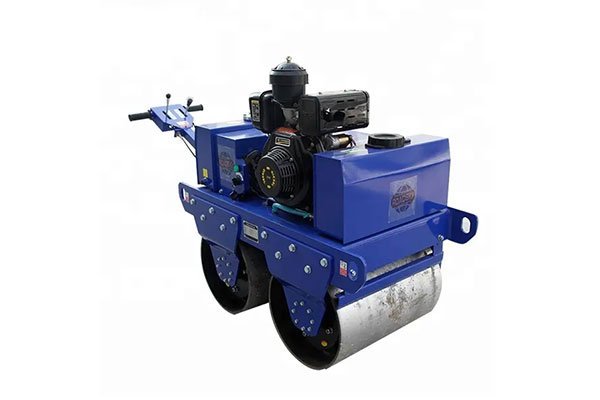What is a Vibratory Roller and How it Works?
Construction and road maintenance projects require heavy machinery and equipment to ensure that the surfaces are smooth and durable. One such essential machine is the vibratory roller, which plays a crucial role in compacting soil, asphalt, and other materials.

What is a Vibratory Roller?
A vibratory roller, also known as a vibro-roller or a compactor, is a heavy-duty construction machine designed for soil compaction and asphalt paving. It is commonly used in road construction, building foundations, and various infrastructure projects to ensure the structural integrity of the surface. Vibratory rollers are called so because they use vibrations to compact materials efficiently.
Types of Vibratory Rollers
There are several types of vibratory rollers available in the market, each designed for specific purposes. Here are some common types:
- Single Drum Vibratory Roller: This type of roller has a single large drum at the front, which is used primarily for compacting granular soils and asphalt. Single drum rollers are versatile and commonly seen on road construction sites.
- Double Drum Vibratory Roller: These rollers have two drums, one at the front and one at the rear, providing better balance and compaction results. They are ideal for compacting cohesive soils.
- Tandem Vibratory Roller: Tandem rollers feature two drums placed side by side. They are perfect for compacting asphalt and are commonly used in road resurfacing projects.
How Does a Vibratory Roller Work?
Now that we know the different types of vibratory rollers let’s delve into how they work.
- Vibration Mechanism: The primary working principle of a vibratory roller is the use of vibrations to compact the material. The roller’s drum or tires are equipped with eccentric weights, which generate high-frequency vibrations. These vibrations are transmitted to the surface through the roller’s contact points.
- Impact and Pressure: As the roller moves forward, the vibrating drum or tires exert both impact and pressure on the material beneath. This dynamic action helps in breaking down air voids and compacting the soil or asphalt. The combination of vibrations, impact, and pressure ensures that the material becomes densely packed.
- Compaction Process: The compaction process occurs in layers. The vibratory roller moves over the surface in a slow, controlled manner, compacting a thin layer of material at a time. The roller repeats this process until the entire area is compacted uniformly.
- Water Spray System: In some cases, vibratory rollers may be equipped with a water spray system. This system helps to control dust and improve compaction efficiency, especially when working with dry soil or asphalt.
Benefits of Using Vibratory Rollers
- Efficient Compaction: Vibratory rollers provide efficient and consistent compaction, resulting in a stable and durable surface.
- Versatility: Different types of vibratory rollers are available for various applications, making them versatile in construction projects.
- Time and Cost Savings: The speed and efficiency of vibratory rollers can lead to significant time and cost savings on construction sites.
Conclusion
Vibratory rollers are essential heavy machinery in the construction industry. They work by utilizing vibrations, impact, and pressure to compact soil and asphalt, ensuring that surfaces are stable and long-lasting. Understanding the types and working principles of vibratory rollers is crucial for construction professionals looking to achieve optimal results in their projects.

